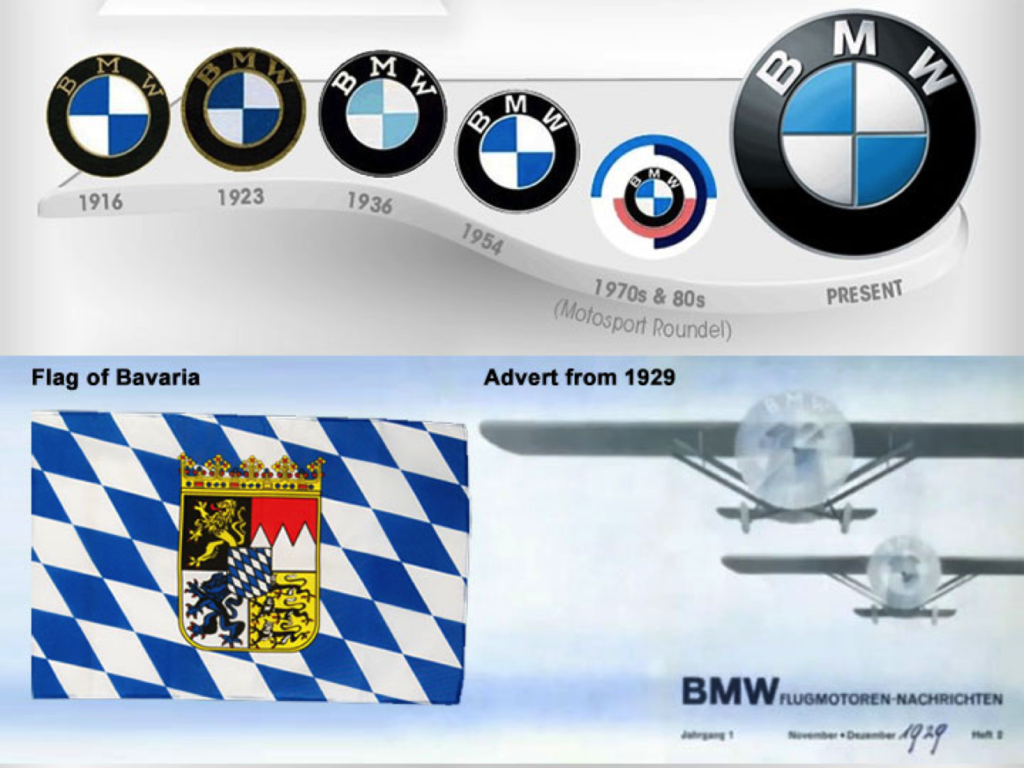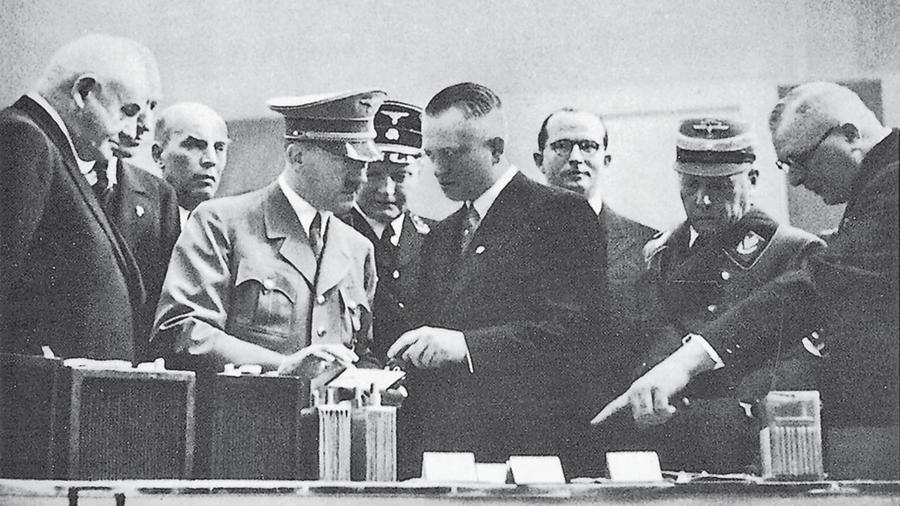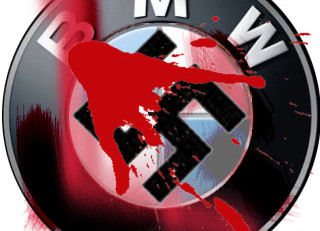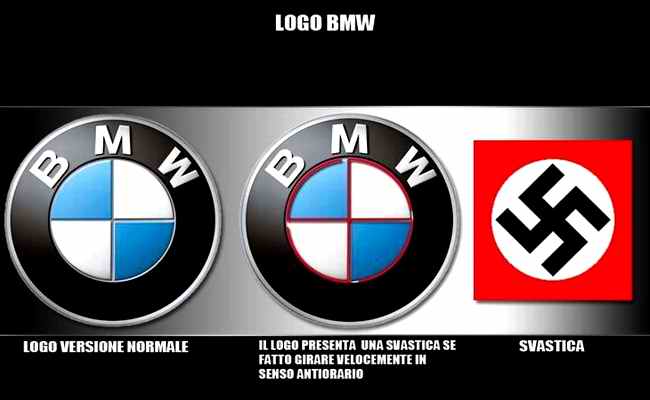In a recent article we investigated BMW’s lackluster efforts at making an EV (electric vehicle) that could eventually give them a leadership position in the alternative-fuel-propelled-automobile segment. This piece takes tidbits out of their century-long history, including intriguing connections to the Nazi regime during World War II.
Not all of these facts are well-known, so let’s look at some of the lesser known facts about BMW:
The German auto giant was founded 102 years ago as Karl Rapp Motorenwerke GmbH, a maker of aircraft engines for the Prussian Army Administration. In 1917 the company changed its name from Rapp Motorenwerke GmbH and was renamed Bayerische Motorenwerke GmbH, or BMW for short.
Ever heard of the Red Baron, the terror of the skies from World War I? Manfred Von Richthofen was a dogfight ace-of-aces, with no less than 80 confirmed air combat victories. Did you know that what he really wanted to fly was a Fokker with a BMW engine? That was one of his first choices. Here’s an excerpt from Peter Kilduff’s biography of Richthofen, called Red Baron – The Life and Death of an Ace:

The BMW roundel is not representative of a rotating white propeller against a blue sky, as many think. The logo is actually a mash-up of the old Rapp Motorenwerke emblem and the colors of the Bavarian national flag. The ad came later and the story caught on because it was a more romantic interpretation!

BMW did not design its very first car. After the Treaty of Versailles following World War I, the company was prohibited from making aircraft engines for the military. It was practically culled down to being a motorcycle maker. That changed when the company decided to diversify and go into cars. The first car it sold was the Dixi 3/15, the chassis for which was licensed from British carmaker Austin. In the U.S. it was used by Bantam and in Japan, by Datsun.
Did you know that Britain’s most iconic luxury car company, the Rolls-Royce Motor Cars Limited, has been under the BMW umbrella for the past twenty years? In 1998 BMW licensed the rights to the Rolls-Royce brand name and logo from Rolls-Royce PLC and acquired the rights to the Spirit of Ecstasy and Rolls-Royce grill shape trademarks from Volkswagen AG.
The fight for the trademarks between BMW and Volkswagen is an interesting story on its own. After a long-drawn-out legal battle and extensive negotiations, Volkswagen finally let BMW acquire the coveted Rolls-Royce trademark. But it would be another five years before BMW finally had full control over the trademarks and Rolls-Royce models, in 2003.
The Quandt family, which has owned roughly about 46% of the company for several decades, recently made a statement that it has no plans to sell its stake. The single largest shareholder is Stefan Quandt; with 25.83% of the company in his name after an inheritance from his mother, Quandt can single-handedly block a takeover attempt.
 The Quandt family was very close to Adolf Hitler. During World War II the company used up to 50,000 “slaves”, or forced laborers, to meet the Nazis’ production demands for ammunition, artillery, rifles and U-Boat batteries.
The Quandt family was very close to Adolf Hitler. During World War II the company used up to 50,000 “slaves”, or forced laborers, to meet the Nazis’ production demands for ammunition, artillery, rifles and U-Boat batteries.

In 2011 the family commissioned an in-depth study of its involvement with the Third Reich, which found that Guenther Quandt “acquired companies through the Nazi programme of ‘Aryanisation’ of Jewish-owned firms” and became immensely wealthy in the process. The family bought BMW 12 years after the War.

Some say that the BMW Roundel integrates the Nazi Swastika symbol; that’s ridiculous, others say, because BMW’s logo came into being in 1916, long before Hitler and the Nazis.
Thanks for taking this journey with us into the heart of one of the oldest automobile manufacturers in the world. Please share this content on social media, and do share your thoughts with us in the comments section below.


